Unit - 3
Construction Methods basics
Q1) Explain the steps involved in construction method?
A1) The basic steps involved in a building project are briefly explained.
Planning:
Permits and Insurance in Building Construction:
Site Preparation:
Foundation / Substructure Construction:
Superstructure Construction:
Punch List:
Warranty Period:
Q2) What are Shallow foundations?
A2)
Q3) Explain the method of construction of Raft foundation?
A3) Method of construction of Raft Foundation is as follows:
Q4) Explain Inverted arch foundation?
A4)
Q5) Explain about Deep Foundation?
A5)
Method of construction:
Q6) What is Traditional Stick Framing?
A6)
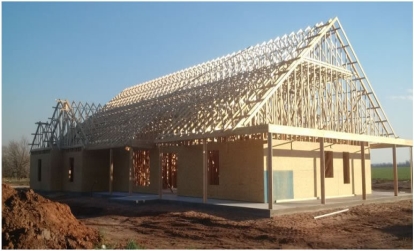
Q7) Explain about Modular homes?
A7)
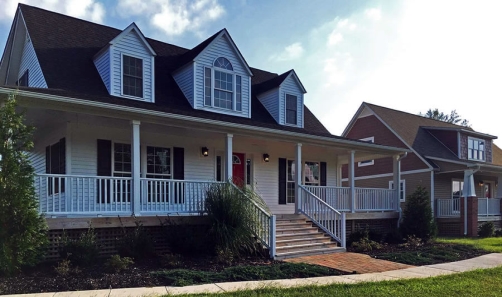
Q8) What is Light Gauge Steel?
A8)
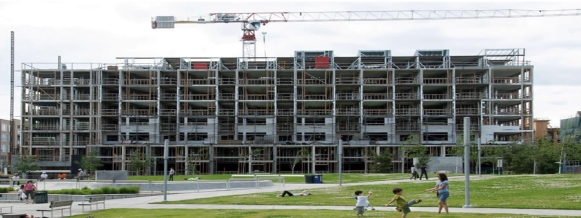
Q9) Explain about Structural insulated panels?
A9)
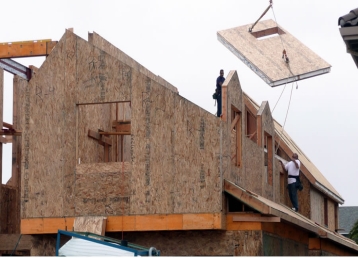
Q10) Explain Slip forming for tall structures?
A10)
Q11) Explain Vertical Slip formwork?
A11)
Q12) Explain Cantilever jump form method?
A12)
Q13) Explain Egg shape slip formwork?
A13)
Q14) What is conical formwork system?
A14)
Q15) Explain methods of Bridge construction?
A15) Described below are the different methods employed in the construction of bridges.
Cast-in-situ Method of Bridge Construction:
This method is a flexible method of bridge construction where complex and unusual geometrical shapes of dams can be constructed easily. Situations when it is hard to transport pre-fabricated elements either due to size or unreachability, this method is a good choice.
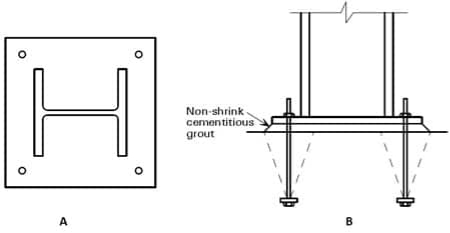
Balanced Cantilever Method of Bridge Construction:
This method is used for constructing bridges with span 50 to 250m. The bridge constructed can either be cast-in-place or precast. Here, the segments are attached in an alternative manner at opposite ends of the cantilevers supported by piers. This is the best choice for the construction of long span length bridges, irregular length, and cable-stayed bridges.
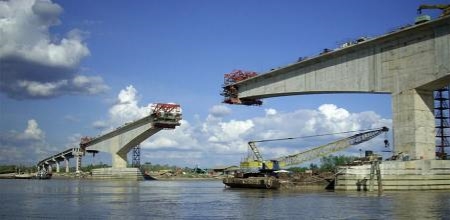
Precast Method of Bridge Construction:
In this method, the bridge is constructed with the help of precast concrete elements. The prefabrication is performed in different methods. The precast elements include:

Span by Span Casting method of Bridge Construction:
This method is associated with cantilever construction method but with many advancements in the technique, it is considered as most economic and rapid in construction. For long bridges and viaducts with an individual span up to 60m, the method is feasible.
Decks are begun at one abutment and constructed continuously by placing segments to the other end of the bridge. Segments can be positioned by either a temporary staying mast system through more commonly using an assembly truss.
Incremental Launching Method of Bridge Construction:
The Incremental Launching Method (ILM) method of bridge construction is employed mainly for the construction of continuous concrete bridges or steel girder bridges. The method performs the procedure in increments. With this method of construction, the bridge deck is built in sections by pushing the structure outwards from an abutment towards the pier. The ILM method can be used for bridge decks with a length greater than 250m.
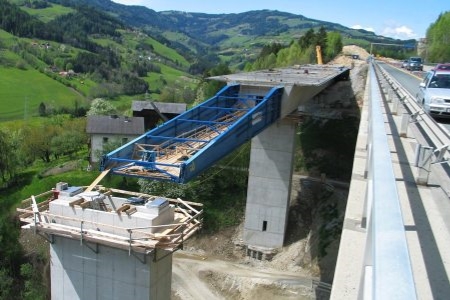
Cable-Stayed Method of Bridge Construction:
In the cable-stayed method of construction, cables are used to carry the bridge deck from one or both sides of the supporting tower. The cables carry and transfer all the loads to the foundations. Cable-stayed method of construction is used for constructing bridges that span more than 300m.
Arch Method for Bridge Construction:
Arch shaped bridge construction is one of the most economical choices when the bridge under consideration is required to cross over landscapes that are inaccessible. Many modern arch construction methods have made the arch construction more economical. The arch construction can be built with concrete or pre-cast concrete. The cast-in-situ free cantilever method and slip formed sections are two main construction techniques coming under arch methods.